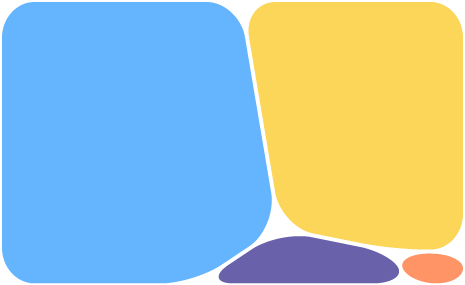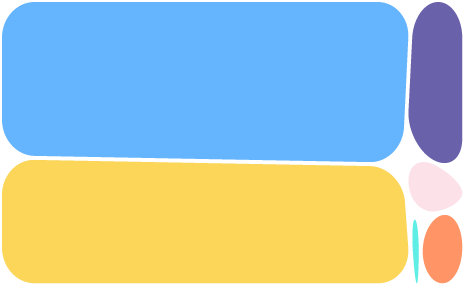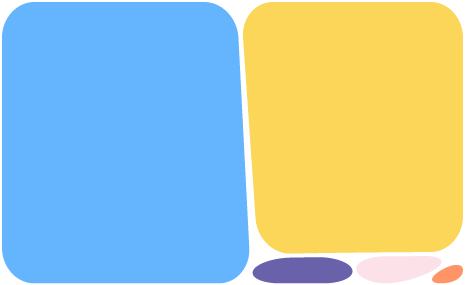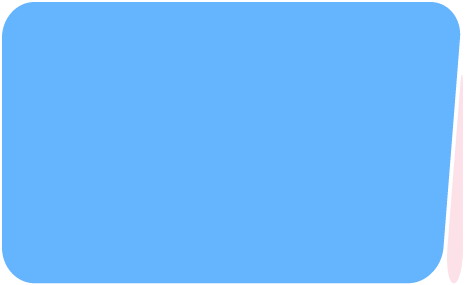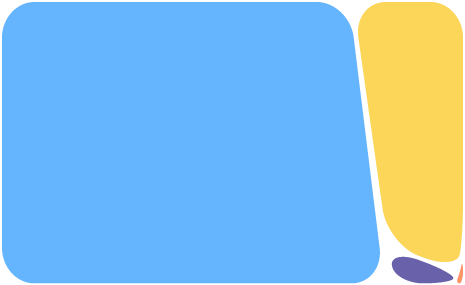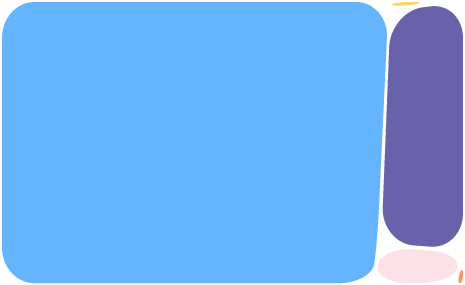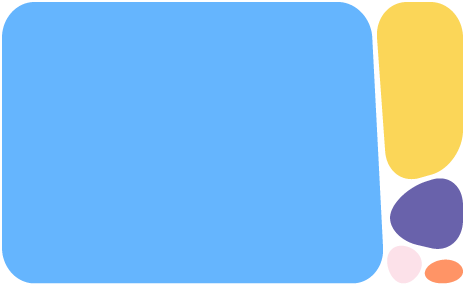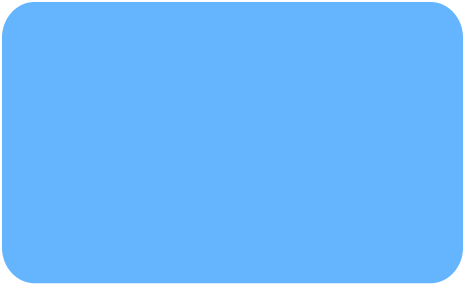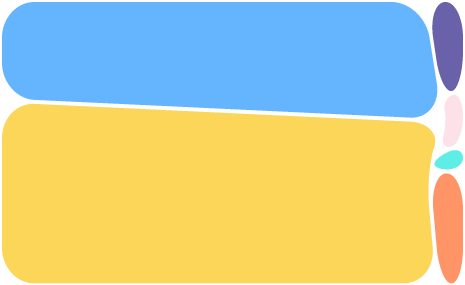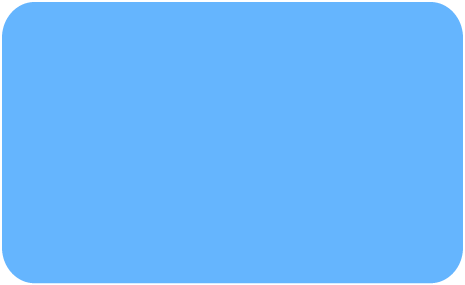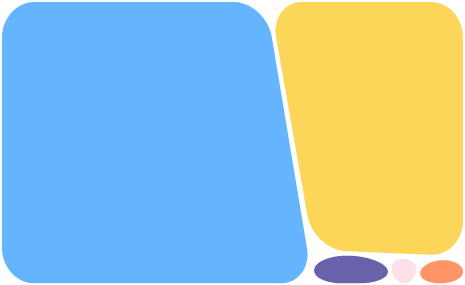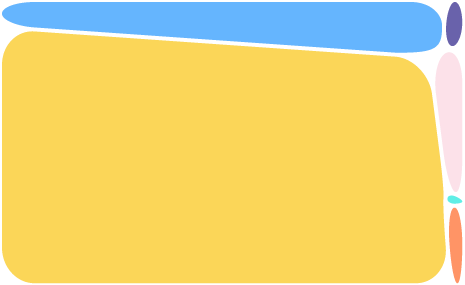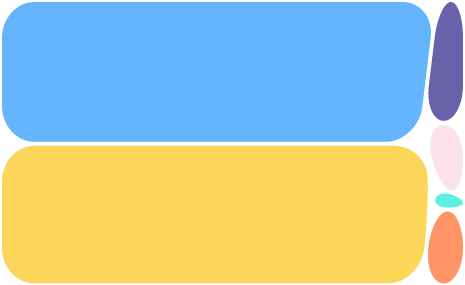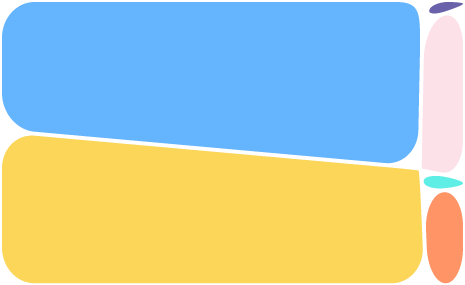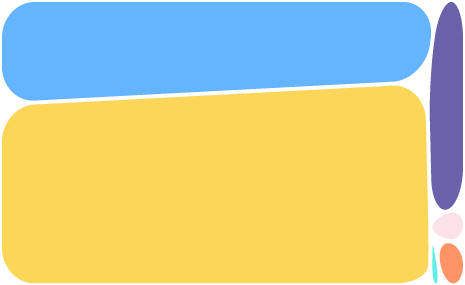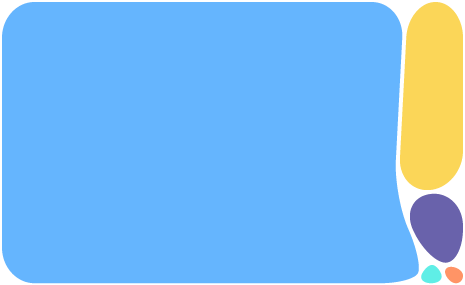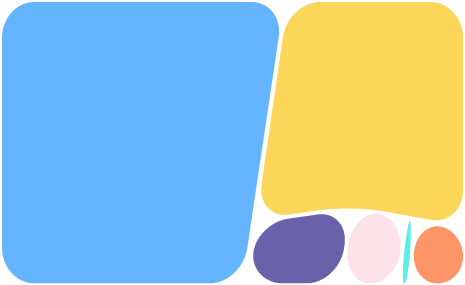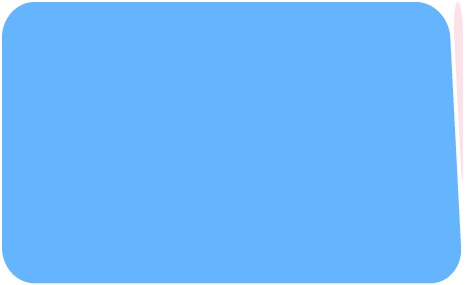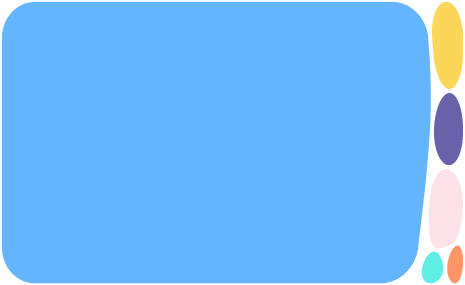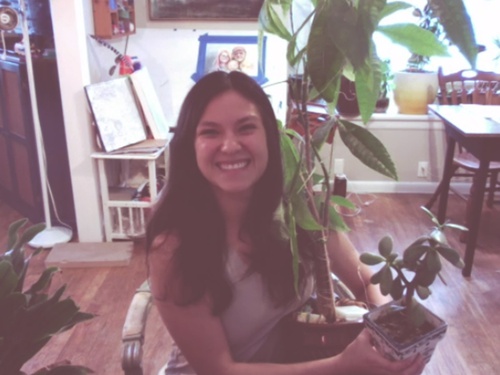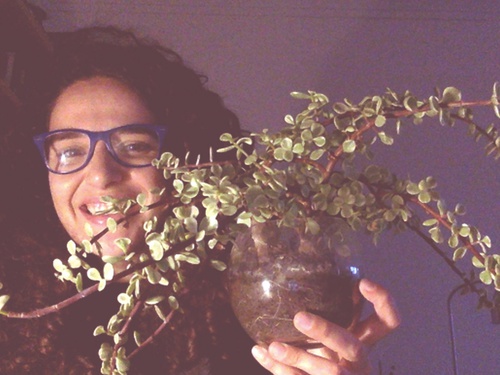M. and I share 1 segment of the genome. She told me that she did the DNA test out of curiosity. She was raised by her grandparents, she was born in Mexico but when she was 3 months old she moved to the USA. To take this test was an opportunity to learn more about her family that she didn't know much about. She was very surprised by the results that showed she has a greater portion of Native American DNA rather than Caucasian as she had anticipated. Her grandparents who raised her are both white, which made her believe that she, too, would have mainly Caucasian DNA.
She lives in a small town in the middle of the USA, a place with only 3000 inhabitants. She told me that her house is like a small jungle because she usually keeps what people don’t want to have around anymore. She saves animals and plants. She rescued a cat, a dog, a rabbit and a fish in addition to several plants. I shared with her that I also rescue plants, I told her that it pains me a lot to see the plants for sale in the supermarkets, with that artificial light and without any attention being paid to them . I often go back and buy one just to save it from there and give it a home .
In addition to sharing our passion for plants, we also shared the fact that we are both artists. M. does painting, drawing and ceramics, I do performing arts. I wondered if the genome we share is what identifies us with a propensity for the arts. Where in our blood is the artistic vein identified? I believe it may be genetic, no one I know or any of my ancestors did theatre, performing arts, music or visual arts, but my four grandparents were artisans. My grandfather from my father’s side constructed wine bowls, and my grandfather from mother’s side was a basket weaver, both grandmothers weavers. My parents have a penchant for handiwork, my father has worked with wood all his life and my mother in sewing and embroidery. During my meeting with M. I was wondering if I should try something artistic that involved my hands more - it is curious to think that there may be potential genetics in us that we can spend our whole lives without knowing about and that may mean we have predisposition to do something, because we did not have opportunities to work that out…

